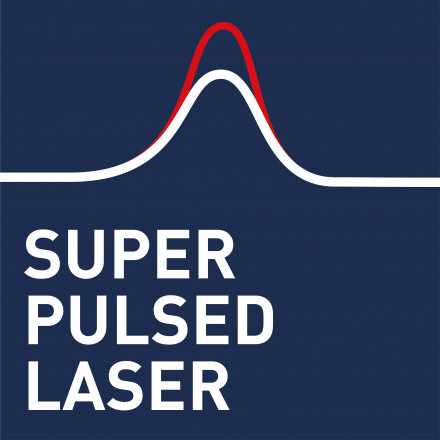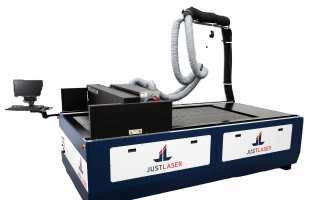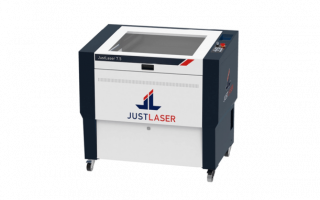Cutting filters and foam with a laser has many benefits thanks to the high level of flexibility of the process. Modern filtering technology essentially fulfils the function of cleanly separating out any process by-products. In some cases, the separated materials are the desired end product. It is, therefore, extremely important that the filters used are designed and constructed accurately.
FILTER FLEECE AS AN IDEAL SOLUTION
Filter fleece has a low specific weight and consists of a mesh of fibres which holds back nearly 100% of particles in a certain size interval. Filter fleece is used for separating solids from fluids in a number of industries. Contaminants can be separated through the wet filtration process. The yeast is separated in the production of fermented drinks in order to stop the fermentation and thus significantly increase the product’s shelf life. Selecting filter technology, filter capacity and filter service life suitable for the specific process is imperative for producing a high-quality end result at a simultaneously high throughput rate. The material is often made up for the specific filter patterns (of the housing or filter frame, for example). Cutting filters with a laser is considered common practice; after all, it quickly and easily makes individual, just-in-time assembly possible.
Filter fleece can be used in different patterns for bag filters, pressure belt filters, vacuum filters, basket-shaped filters or round hose filters. Laser cutting is the most advantageous technology as long as the fleece lays flat during the cutting process. On the other hand, it only makes economic sense to use cutting dies if you have a high throughput rate or if changes to the cutting pattern are rare. In laser cutting, you often get sealed / melted cut edges, the setup time is very short (simply load the new job into the computer) and no new cutting dies need to be produced (costs) or stored (costs and setup time). Another benefit is that there is no tool wear as there is in punching, and the costs are easy to calculate. Furthermore, contours can be freely chosen in laser cutting, which is hugely beneficial in practice. Anyone wanting to cut filters and foam with a laser would be well advised to use a high-quality JustLaser Laser Cutter.



